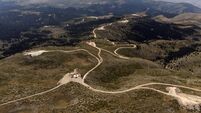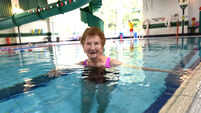Mabel Colhoun, a pioneer who chronicled the 20th century
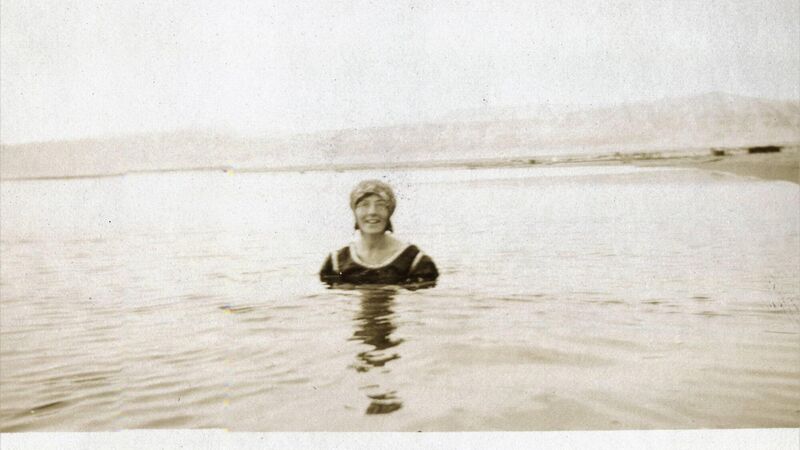
Photographs by the pioneering archaeologist, explorer and educationalist Mabel Colhoun have been digitised as part of a new collection at the Tower Museum in Derry
Mabel Colhoun was a woman with many strings to her bow. She was a reforming educationalist, an explorer and a pioneering archaeologist, but a new digital archive of her photographs shows that she was also an exceptional chronicler of the 20th century.
That is not entirely surprising, as this singular woman lived through every decade of it, from her birth in Derry City in 1905 to her death, after a life lived to the full, in 1992.
She saw soldiers going off to fight in the First World War, experienced partition in Ireland in the 1920s, the outbreak of the Second World War in 1939 and, three decades later, the Troubles in Northern Ireland.
She photographed and sketched what she saw, and now a portion of that exceptional record has been digitised as part of the online Mabel Colhoun Photographic Collection at the Tower Museum in Derry.
It provides a fascinating glimpse not only into life here and abroad during the last century, but also into the life of a woman who travelled to the Pyramids in the late 1920s, hiked across the Alps a decade later, and went on to become the first archaeologist to chart the heritage of the entire Inishowen Peninsula, which she did by cycling around it in all weathers — and in wartime.
From the late 1930s to 1970, she systematically recorded thousands of archaeological monuments, some of them previously unknown. That in itself was a first, but Mabel Colhoun was a pioneer in another respect — she was one of the first archaeologists to put people into the landscape.
She sought out the stories associated with the monuments and wrote them down, preserving traditions and folklore that otherwise would be lost to us.
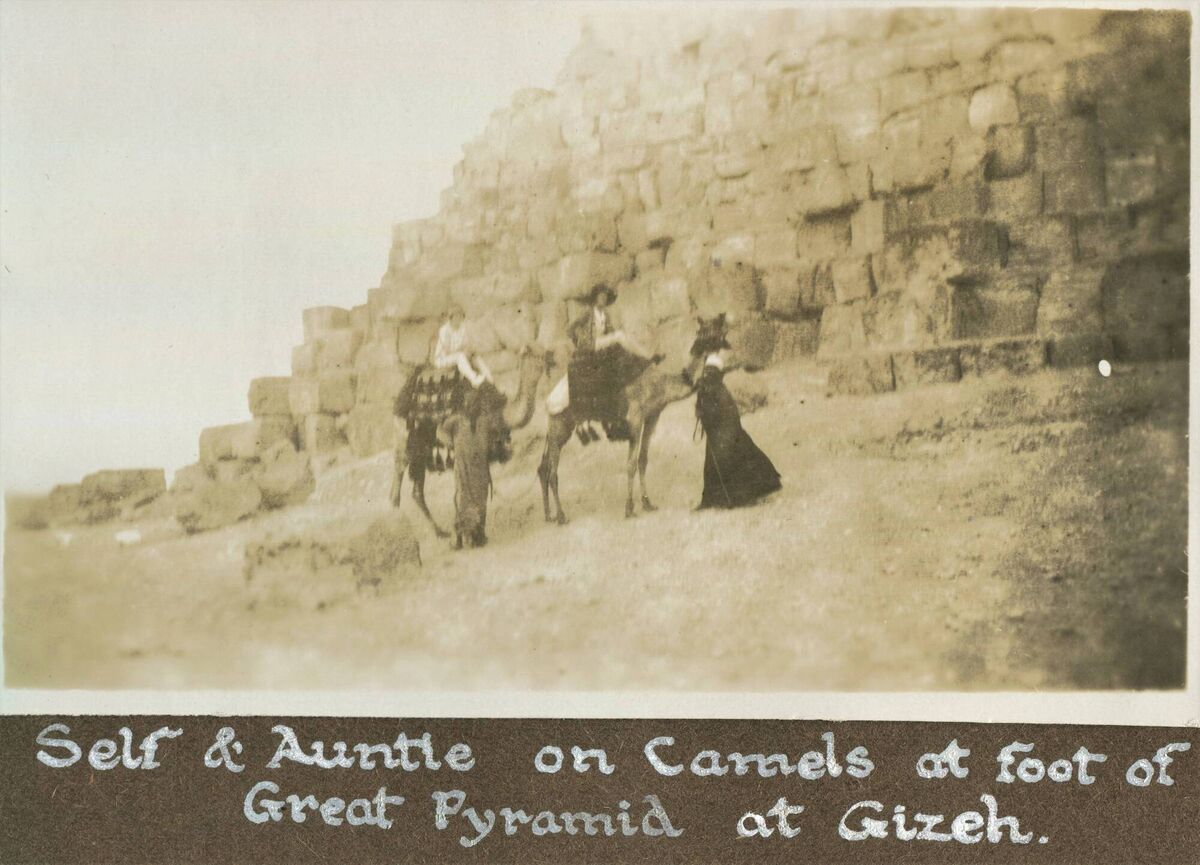
Her findings would later be compiled into the region’s first comprehensive archaeological survey, . When fellow archaeologist Denise Henry read it, she began an ongoing journey to learn more about and promote its author, Mabel Remington Colhoun.
Her initial quest for information, in 2012, led her to the Colhoun Collection at the Tower Museum. She recalls what she felt when she first discovered a treasure trove of artefacts representing Colhoun’s life and work.
“What lay in boxes were the remains of a full and fascinating life," she said. "Like an archaeological dig, there were many layers to uncover. Recognising the potential to learn from this fascinating collection, I began a digitisation project with the Tower Museum.”
Over the last three years, Denise Henry has used any spare time from her full-time work as registrar at Monaghan County Museum to voluntarily digitise over 3,000 images from Mabel Colhoun’s collection.
That represents just a portion of the 10,000 35mm slides donated to the museum by her only niece, Kyleen Clarke.
Even in that small sample, there is an incomparable record of life in Ireland throughout the last century. Her photographs of a flying boat on Lough Foyle, for instance, capture a visit in 1933 by Mussolini’s Italian Air Armada which stopped over to refuel while flying from Italy to Chicago.
Colhoun also photographed Italo Balbo, Mussolini’s Marshal of the Air Force, walking along Shipquay St in Derry. He touched down in Northern Ireland for three days while leading a mass formation of 24 Savoia-Marchetti SM.55X flying-boats on a transatlantic round-trip as part of a venture to showcase Italy’s aviation power.
A few years earlier, Mabel Colhoun had been on her own global round-trip when she visited the Pyramids at Giza and bathed in the Dead Sea, a journey that helped to inform her lifelong interest in archaeology.
Ronan McConnell from the TIDE Project office at the Tower Museum says: “It’s really incredible all the places Mabel visited. From an early age, she had access to archaeology and heritage that very few people would have seen.
"In her collection, there are ancient Egyptian figurines, oil lamps from Jerusalem and Rome, and fossils from the Jurassic Coast [the world heritage site on the coast of southern England famous for its rocks and fossils]. It’s really quite incredible.”
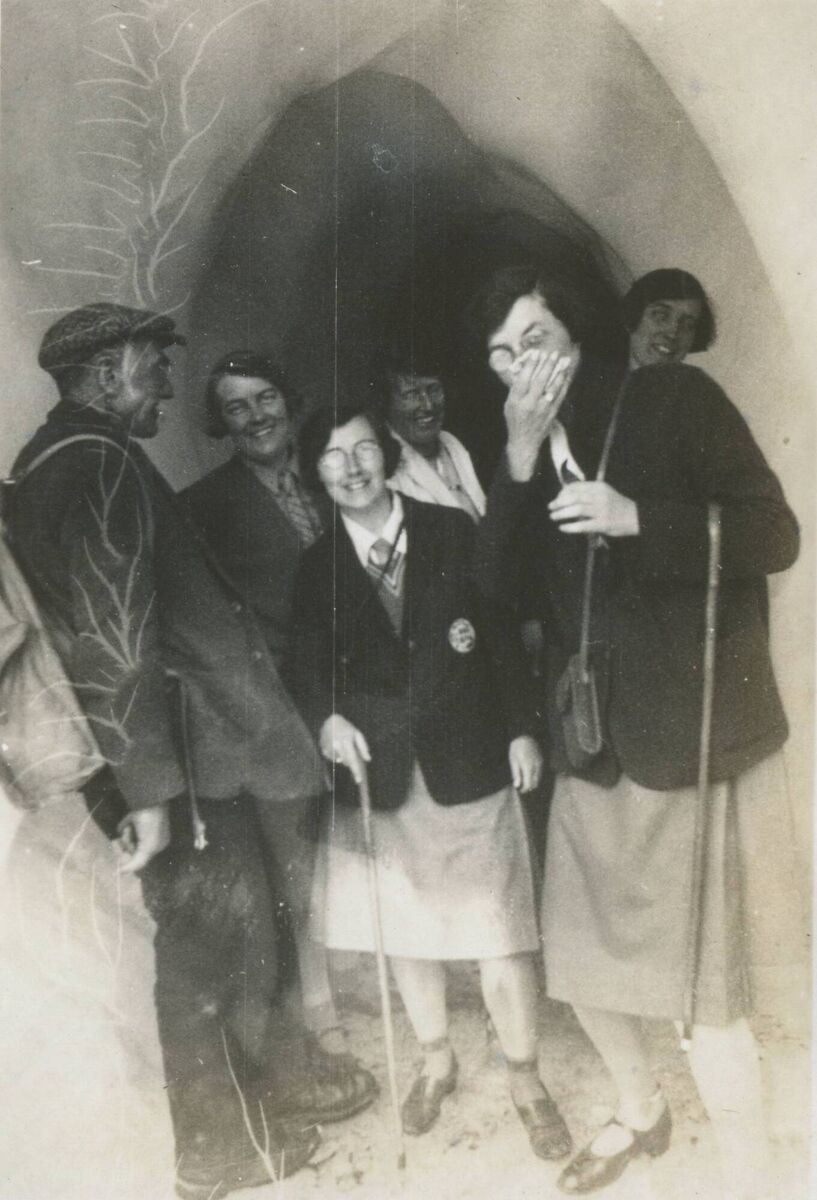
He says she also saw the rich archaeological heritage that was on her own doorstep and began exploring the Inishowen Peninsula. Her detailed, meticulous work informed the leading archaeologists and historians of the day including the Keeper of Antiquities at the National Museum of Ireland.
“Although considered an amateur, as teaching was her main profession, she was just as experienced — if not more — than men in her field at the time,” says McConnell.
Denise Henry adds: “There are great stories of her going about on her bicycle, navigating down the worst back roads. Nothing deterred her. She was fascinated by the pagan origins of sites and their association with myth and legend. This is reflected in her analysis of standing stones which had been altered when Christianity arrived.”
Colhoun not only recorded monuments, she protected them, Henry says.
“If she went to a site and saw that there had been some kind of deterioration, she was in foul humour for the rest of the day.”
And then she took action. Her letters recount how she informed the National Museum in Dublin of any risks posed by theft, development, or weathering. In 1965, for instance, she noted that a carved stone at a church in Malin Head was in an “unprotected position” and it was later sent to the National Museum of Ireland for safekeeping.
In the mid-1970s, archaeologist Brian Lacey moved to Derry and began work on an archaeological survey of Donegal with funds and equipment that Colhoun could only dream about. Colhoun was one of the first people he met, as she was a widely respected figure in the field and every new archaeological discovery went to her first.
“She was the head of everything to do with heritage," he says. "She knew every blade of grass and every stone on the Inishowen Peninsula. Despite the fact that I was a Young Turk, and might have been seen as stealing her thunder, she was extremely generous with her time and knowledge.
"She was fundamentally an educationalist. Spreading knowledge was her main interest.”
Lacey was deeply impressed by the quality of her archaeological research — “her six [Ordnance Survey] maps were works of art” — and over the following decades they collaborated on “millions of things”.
Like so many others who knew her, he recalls a woman who always made sure that she got to the bottom of things — hence the nickname, 'the ferret' — a trait that endured right into her 80s as she illustrated with characteristic determination on a field trip to Mayo with the Londonderry Naturalist Field Club.
Lacey was standing on Rathmulcagh ringfort, telling the assembled group that there was an extensive network of souterrains beneath their feet. He had no intention of bringing them to see the underground passages as they are notoriously muddy and inaccessible. When he looked around, however, Colhoun was gone.
“She wasn’t going to stand around and listen to me talking about it when she could go down and investigate it for herself," he said. "She might miss something.”
She made a significant and lasting contribution to the field of education also. Colhoun was an early advocate of nursery education and, thanks to her Froebel training, believed children should be at the centre of activity-based learning.
In 1935, she set up a preparatory school in her own home. The following year she got a job at the Londonderry High School. She instilled her love of heritage in her students and stressed the importance of passing on knowledge. As she used to put it, in a family of three generations, the grandfather knows over 100 townland names; the father knows 50 and the son knows just 10.
Mabel Colhoun believed passionately in the importance of nursery schools, particularly in a city with a large proportion of mothers working outside the home.
“As if [all mothers] don’t work,” she quipped while campaigning for increased facilities for children of nursery-school age.
She helped established several non-denominational nursery schools as chair of the Londonderry Nursery School Association in the 1950s and 60s.
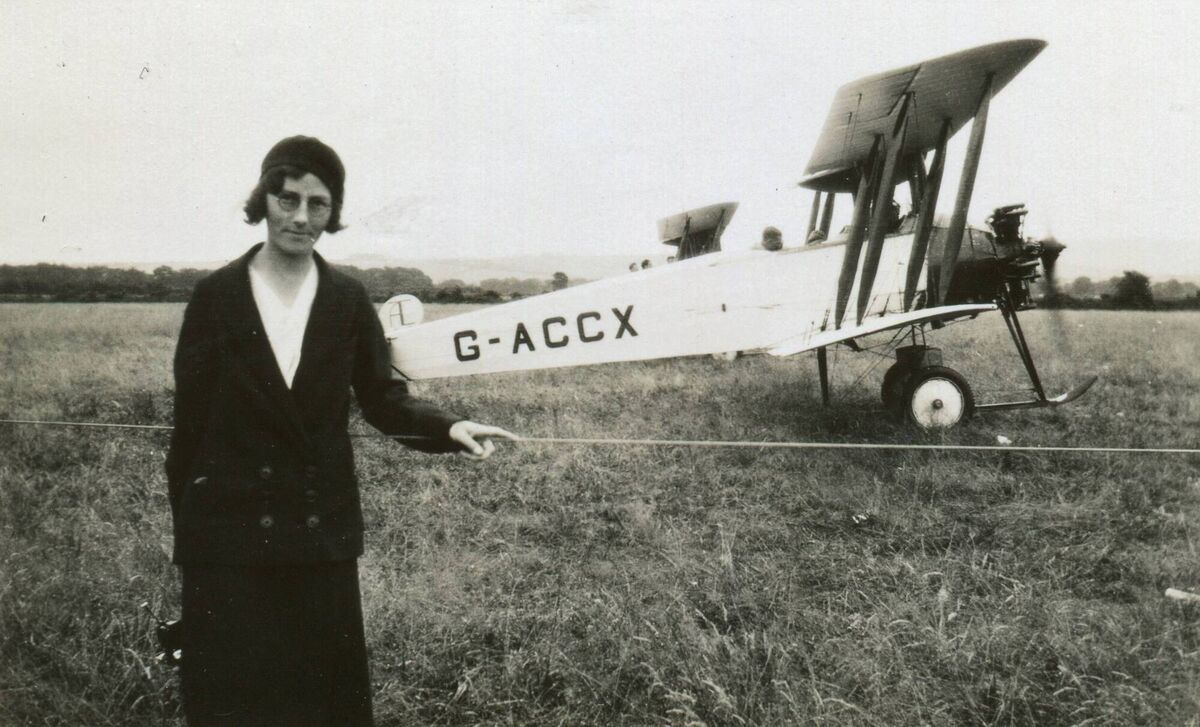
Her photographic archive gives a flavour of all those interests, but also captures a rapidly changing Ireland. The collection features events and buildings that have formed a major role in the development of Derry City, from the opening of the Craigavon Bridge to the building of Creggan housing estate and Altnagelvin hospital — a project undertaken by her father’s construction business.
The collection also includes sketches of local landscapes and wildlife. Colhoun had a lifelong interest in nature, and her letters reveal her continual sense of wonder at the natural world. They show her sense of humour, too. In one letter, she described chancing across two ‘courting hedgehogs’ at her home in Deanfield, Derry City, and capturing the moment in two coloured slides.
She wrote: “I found out what the grunting was about, rushed back into the house for my camera, took two quite close-up flash-light photos, and they took no notice!”
She was 83 when she wrote that, and she remained active and involved until shortly before her death in 1992.
In 2017, the Ulster History Circle commemorated Mabel Remington Colhoun’s life and work by unveiling a blue plaque to an “educationalist, historian, and archaeologist” outside the Tower Museum in Derry.
At the time, the Circle’s chairman Chris Spurr paid tribute to one of the city’s “trailblazing woman”. Her niece Kyleen Clarke unveiled the plaque and later said the family had not been fully aware of all that her aunt had done.
Nevertheless, Kyleen and her husband Richard Clarke have kept a detailed archive of Colhoun’s work in their own home and have donated slides and other important artefacts to the Tower Museum. After Colhoun’s death, they discovered a large tea chest which had been given to her by her uncle Charles Gordan, and also gave that to the museum.
It contained the contents of the pre-war museum at Brooke Park, in Derry, which had been carefully packed and stowed when the Second World War broke out.
Clarke said she was very pleased to see Mabel Colhoun getting recognition.
“She certainly deserves it," she said. "She was a very loyal person, to her family, her students and her city. She was also an excellent photographer.”
Denise Henry hopes the results of her photography will now bring her life and work to a larger audience.
“I am delighted to play my part in promoting Mabel’s legacy, by developing photographic time capsules that will encourage conversations about the past and create an appreciation of it in the present,” she says.
“I’m excited to uncover what still lies hidden in Mabel’s photographic slides.”
www.towermuseumcollections.com/mabelcolhouncollection.



